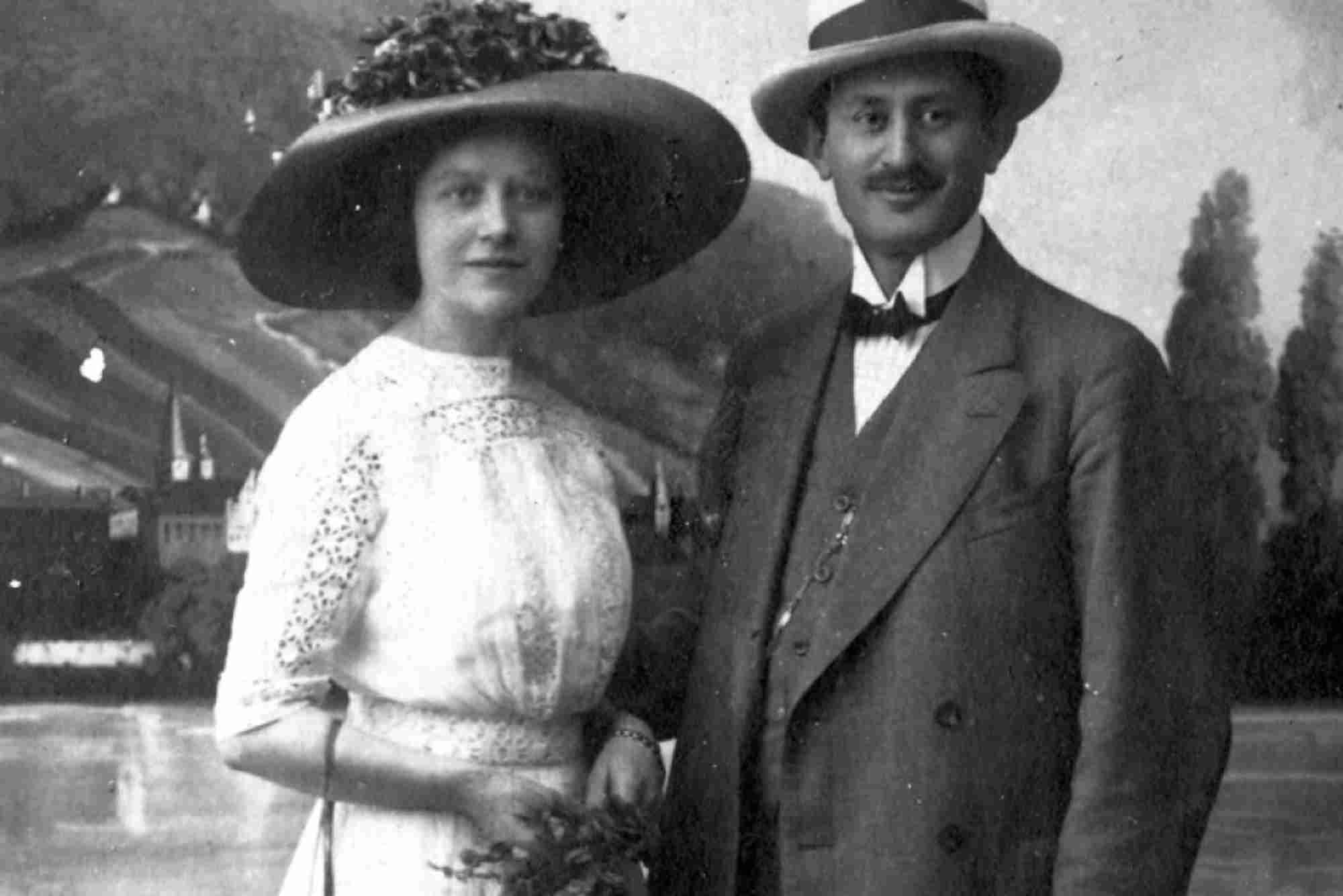1903 Fashion Trends That Defined Edwardian Elegance
The year 1903 was a hallmark of grace and sophistication in fashion. This era, known as the Edwardian period, brought an aesthetic shift that prioritized femininity, poise, and social class distinction through dress. With its roots in both tradition and the changing pace of modern life, 1903 fashion served as a visual reflection of elegance and refinement.
In this article, we’ll explore the defining features of 1903 fashion for both women and men, the influence of royalty and haute couture, and why these styles continue to inspire designers today.
The Essence of 1903 Fashion
Fashion in 1903 didn’t just follow trends—it expressed values, roles, and aspirations. Edwardian fashion leaned into exaggerated silhouettes, rich textures, and fine details. The social elite used clothing to showcase wealth, propriety, and grace, making fashion a tool of both beauty and hierarchy.
The Edwardian Silhouette
One of the most recognizable features of 1903 women’s fashion was the S-bend corset. Unlike the earlier Victorian hourglass figure, this corset thrust the chest forward and hips back, creating a distinct posture. This exaggerated form influenced how dresses were designed and worn.
Fabrics and Materials
1903 fashion emphasized luxury. Fabrics like silk, chiffon, lawn, lace, and fine cotton were common. For formal wear, heavy satins and velvets with beading or embroidery offered opulence. Everyday clothing used lighter fabrics, but always maintained elegance.
Women’s Fashion in 1903
Women’s fashion in 1903 was characterized by delicacy, detail, and modesty. Each garment served a purpose and reflected class standing. Here’s how women dressed during this refined period.
Daywear and Tea Gowns
Day dresses featured high collars, long sleeves, and full skirts. Tailored shirtwaists paired with long skirts became staples for upper- and middle-class women. Lace trim, embroidery, and layered ruffles enhanced even the most practical outfits.
Tea gowns, worn in the afternoon at home, were less structured than daywear. These garments blended romantic flowing lines with light fabrics, showing the shift toward relaxed domestic elegance.
Evening Gowns and Formal Wear
Evening attire was lavish. Gowns revealed more skin—with off-the-shoulder cuts and short sleeves—while still emphasizing the S-curve silhouette. Designers used darker colors, luxurious fabrics, and hand-sewn embellishments to make statements of grandeur.
Accessories That Defined the Look
Accessories were essential to complete any Edwardian look. Hats were large, adorned with feathers, flowers, and ribbons. Gloves, parasols, beaded handbags, and delicate jewelry added sophistication and polish.
Men’s Fashion in 1903
While less dramatic than women’s wear, men’s 1903 fashion held its own in refinement. It reflected structure, precision, and a gentlemanly sense of formality.
Suits and Tailoring
Three-piece suits dominated. Sack coats and frock coats remained popular, depending on the occasion. Tailoring focused on sharp lines, modest decoration, and understated elegance.
Shirts and Neckwear
High detachable collars were worn with stiff-front shirts. Ties varied in style, from bow ties to cravats. A man’s collar and neckwear often defined the formality of the occasion.
Hats and Accessories
Homburg hats, bowlers, and top hats were fashionable choices depending on class and event. Pocket watches, tie pins, and leather gloves added distinction to a man’s wardrobe.
The Influence of Royalty and Haute Couture
King Edward VII and Queen Alexandra greatly influenced 1903 fashion trends. Alexandra was especially admired for her stylish choices, inspiring lace necklines and choker necklaces. The royal court set the tone for high society, which filtered down through the middle class.
The Rise of Haute Couture
Paris-based designers like Charles Frederick Worth and Jeanne Paquin led the fashion world. Their custom-made designs influenced upper-class wardrobes across Europe and America. Paquin’s integration of pastels, floral motifs, and movement-friendly designs showed the direction women’s fashion was headed.
Social Class and Fashion Distinction
Fashion in 1903 was more than aesthetic—it was a social signal. The upper class dressed to distinguish themselves, while the working class wore simpler, more functional versions of the same styles. However, even factory workers or shop girls strived to emulate elite fashion within their means.
The Role of Fashion Magazines
Publications like The Delineator and La Mode Illustrée showcased fashion plates that spread styles to a wider audience. These illustrations helped women visualize current trends and adapt them using patterns sold through the magazines.
Fashion’s Transition Toward Modernity
Though 1903 fashion was steeped in tradition, it subtly anticipated modernity. The more relaxed tea gowns, practical shirtwaists, and the emerging popularity of separates all hinted at greater freedom in women’s dress—a shift that would gain momentum in the 1910s and beyond.
Why 1903 Fashion Still Matters Today
Designers today often draw on 1903 fashion for inspiration. Runway collections from brands like Dior and Valentino have featured Edwardian-inspired silhouettes, lace details, and romantic puff sleeves. Vintage fashion enthusiasts and costume designers continue to celebrate the elegance of this era.
Timeless Elegance of 1903
The fashion of 1903 represents more than fabric and stitches—it’s a symbol of poise, status, and transformation. The Edwardian wardrobe tells stories of elegance, artistry, and subtle rebellion against rigid norms.
If you’re inspired by vintage fashion or want to incorporate timeless details into your wardrobe or designs, let the refined trends of 1903 fashion be your guide.
Ready to bring Edwardian elegance into your style? Dive deeper into vintage collections, or explore fashion museums to see original pieces up close. Elegance never goes out of fashion—especially when it comes from 1903.
FAQs About 1903 Fashion
What did women wear in 1903?
In 1903, women typically wore high-necked, long-sleeved gowns with an S-bend corset to create a dramatic silhouette. For daywear, shirtwaists and long skirts were common, while evening wear featured flowing gowns with rich fabrics and decorative details.
How was 1903 fashion different from Victorian fashion?
Victorian fashion focused on a tightly cinched hourglass shape, while 1903 fashion introduced the S-bend corset, pushing the chest forward and hips back. The Edwardian period also used lighter fabrics and emphasized more fluid movement in design.
Why was the S-bend corset popular in 1903?
The S-bend corset reflected the Edwardian ideal of femininity. It gave women an upright posture and accentuated the bust, creating a fashionable figure. Though restrictive, it was seen as modern at the time.
What fabrics were used in 1903 clothing?
Common fabrics included silk, chiffon, lace, fine cotton, satin, and velvet. These materials were chosen for their luxurious texture and elegant drape, reflecting the high standards of the Edwardian elite.
How can I recreate a 1903 fashion look today?
Start with a long, flowing skirt and a fitted blouse with puff sleeves. Add a wide-brimmed hat, lace gloves, and delicate jewelry. For authenticity, incorporate Edwardian-inspired materials like lace or chiffon in pastel tones.




